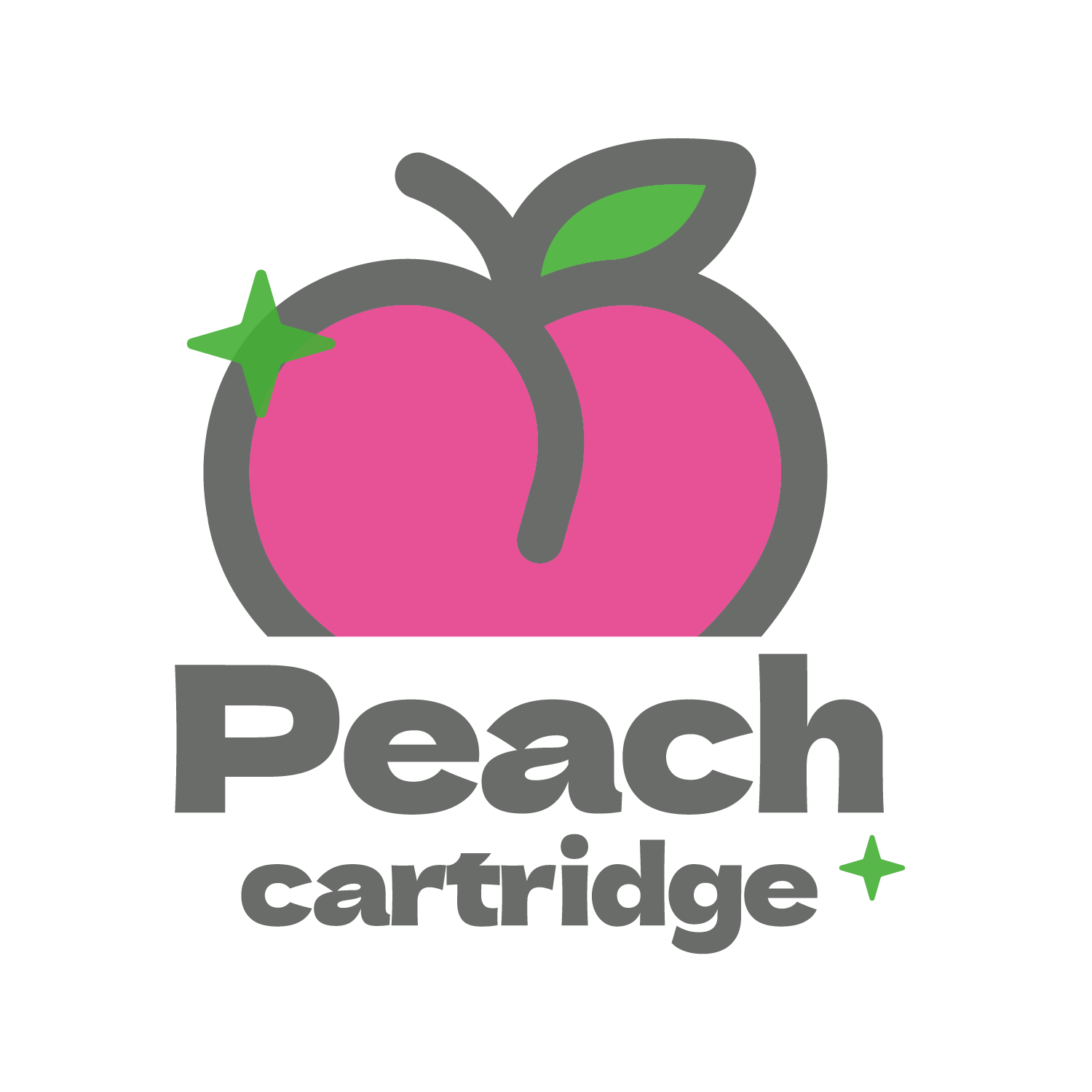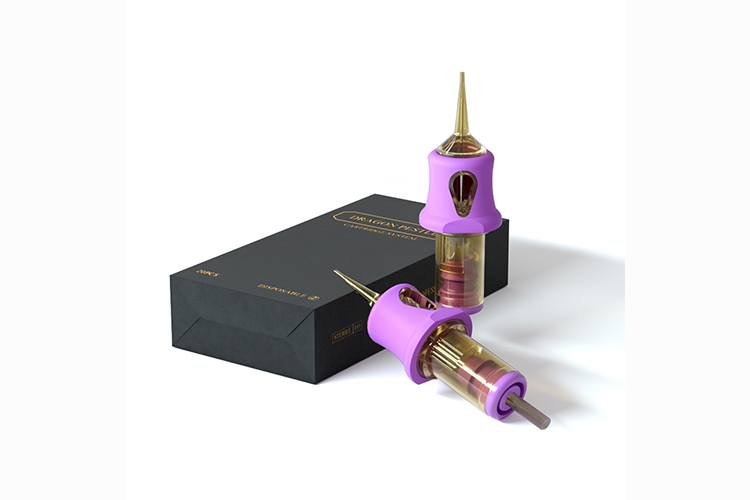Tattooing is an art form that has been around for centuries. While the techniques and tools used evolve, the basic principles remain the same. A tattoo machine is important for tattooing. It has different parts that are crucial for the process.
A: Understanding Tattoo Machine Components:
You can divide tattoo machine parts into key parts, supplies, accessories, and maintenance and customization. Key components of tattoo machines include the frame, coils, springs, armature bar, and needles. Each part is important for the machine to work. Tattoo artists need to know how they all work together.
B: Optimizing Tattoo Machine Performance:
Supplies and accessories are vital for tattoo machine function, including power supplies, clip cords, foot pedals, and ink. To optimize performance, maintain and customize your machine through regular cleaning, lubrication, and adjustable springs and coils.
II: Key Takeaways
- Understanding the key components of tattoo machines is essential for any tattoo artist.
- Supplies and accessories such as power supplies and tattoo ink are important for optimal performance.
- Regular maintenance and customization can help you achieve the desired results with your tattoo machine.
III: Tattoo Machine Parts
Tattoo machines are complex tools that require various parts to function properly. Understanding the different parts of a tattoo machine and their functions is crucial for any tattoo artist. This section will discuss the main components of a tattoo machine. These include the kit, the various parts, their functions, and the frame.
A:Tattoo Machine Parts Kit
A tattoo machine parts kit usually contains all the necessary components to repair or maintain a tattoo machine. These kits can vary in content, but they typically include springs, coils, armature bars, screws, washers, and other small parts. Not all tattoo machines are the same, so it’s important to choose a kit that matches your specific machine.
B:Parts of a Tattoo Machine and What They Do
A tattoo machine has key components: needle, tube, grip, and power supply. The artist pierces and injects ink with the needle, directs it with the tube, holds the grip, and the power supply provides energy.
C:Tattoo Machine Frame
The tattoo machine frame is the backbone of the machine. The part that holds all the other components together and provides the structure for the machine. You can make the frame of various materials, including iron, steel, brass, or aluminum. Each material has its own benefits and drawbacks, and the choice of material often comes down to personal preference.
D:Conclusion
In conclusion, tattoo machine parts are essential components that help create a high-quality tattoo. Understanding the different parts of a tattoo machine and their functions is crucial for any tattoo artist. You can maintain and repair a tattoo machine with ease by using a tattoo machine parts kit.
IV: Key Components of Tattoo Machines
Tattoo machines are intricate devices that require various parts to function properly. These parts work together to create the movement necessary to drive the needle into the skin and deposit ink. Understanding the key components of tattoo machines is essential for anyone interested in tattooing.
A:Machine Frame
The machine frame is the foundation of the tattoo machine. It can consist of various materials such as steel, aluminum, or even plastic. The frame design may vary depending on the type of machine, such as rotary or coil machines. The frame provides the structure and stability for the other components to function properly.
B:Armature Bars
Armature bars connect needle to motor, come in different sizes and shapes, affect machine’s stroke length. Shorter strokes are ideal for lining, while longer strokes are better for shading. Correct alignment and adjustment of armature bars are important for smooth needle movement, affecting the machine’s performance.
C:Coils
Tattoo machines use coils made of insulated copper wire in different sizes and shapes to generate power. The number of coils determines the machine’s power output. Lining work uses fewer coils, which require less power, while shading work uses more coils and requires more power. Coils are responsible for the buzzing sound produced by tattoo machines.
D:Grips
Grips are the part of the machine that the artist holds onto while tattooing. They have various shapes and sizes and people can make them from different materials such as rubber or metal. Grips are essential for maintaining control and precision while tattooing. They must be comfortable for the artist to hold and should provide a secure grip to prevent slipping.
E:The Significance of Tattoo Machine Components
Understanding the key components of tattoo machines is essential for anyone interested in tattooing. Every part is important in the machine’s function, and they must work well together to make the desired tattoo. By familiarizing themselves with the machine parts, artists can troubleshoot problems and make adjustments to optimize their performance.
V: Supplies and Accessories
In tattooing, the supplies and accessories are just as important as the tattoo machine itself. A tattoo artist needs a variety of supplies and accessories to create beautiful and long-lasting tattoos. Here are the most important ones:
A:Tattoo Needles
Tattoo needles come in different sizes and shapes, such as round, flat, and magnum. The size of the needle depends on the type of tattoo. Artists use small needles for detailed lines and use larger ones for shading and filling larger areas. Materials like stainless steel and medical-grade plastic can make them
B:Tattoo Ink
Tattoo ink is another important supply for any tattoo artist. High-quality tattoo ink is essential for creating long-lasting and vibrant tattoos. You can find tattoo ink in a variety of colors and shades, and you can mix it to create custom colors. Choosing safe and non-toxic tattoo ink that the FDA and regulatory agencies approve is important.
C:Power Supplies
A reliable power supply is essential for any tattoo artist. A reliable power supply ensures precise and accurate tattooing by providing consistent power to the tattoo machine. Tattoo power supplies are available in both digital and analog formats. Digital power supplies are more precise but analog power supplies are cheaper and easier to use for tattoo machines.
D:Conclusion
In conclusion, tattoo supplies and accessories are an essential part of any tattoo artist’s toolkit. Tattoo artists need needles, ink, and power supplies to make stunning and durable tattoos. Tattoo artists can make sure their tattoos are top-notch and long-lasting by using good supplies and accessories.
VI:Maintenance and Customization
Tattoo machines require regular maintenance to ensure optimal performance and longevity. Proper cleaning and sterilization are essential to prevent contamination and infection. Tuning and custom parts can also enhance the machine’s performance and make it more comfortable to use.
A:Cleaning and Sterilization
To prevent the spread of bloodborne pathogens, clean and sterilize the tattoo machine after each use. Disassemble and clean with soap and water, then sterilize using an autoclave or chemical solution. Use medical-grade products and follow instructions. Store parts in sterilization pouches. Clean the skin with antiseptic solution before tattooing to prevent infection.
B:Tuning and Custom Parts
Tattoo artists tweak machine parts for better performance. Custom parts can also enhance results. Understanding the machine is key. Tuning may take time, but practice helps. Custom parts improve comfort.
C:Conclusion
In conclusion, proper maintenance and customization are essential to keep the tattoo machine in top condition. Cleaning and sterilizing prevent infection, while tuning and custom parts enhance machine performance and comfort. Tattoo artists need to know how the machine works and its parts to get the desired result.
Frequently Asked Questions
A tattoo machine consists of various parts: frame, needle, tube, grip, contact screw, and coils. The frame holds everything together, while the needle pierces the skin and deposits ink. The tube holds the needle, and the artist holds the grip. The contact screw regulates needle depth, and the coils supply power.
Tattooing needs a machine, power supply, cord, pedal, ink, needles, and gloves. The power supply energizes the machine, while the clip cord links it to the power supply. The foot pedal operates the machine, and the artist uses the ink to design the tattoo. We employ different needle sizes for different line styles and shading.
The coils power the movement of the needle up and down in the mechanics of a tattoo machine. When you turn on the machine, the coils create an electromagnetic field that pulls the armature bar down. This, in turn, pulls the attached needle down, puncturing the skin and depositing ink. When you release the armature bar, the spring pulls it back up, and the needle retracts.
To set up a tattoo machine, the artist needs to connect the machine to a power supply using a clip cord. They should then adjust the needle depth using the contact screw and ensure that the needle is secure in the tube. The artist needs to ensure that they securely attach the grip to the tube before starting the tattooing. Additionally, they should check that the machine is functioning properly.
To properly maintain and clean tattoo machine grips, the artist should remove them from the machine and clean them thoroughly with soap and water. They should then sterilize the grips using an autoclave or other sterilization method. The artist should also check the grips regularly for any signs of wear or damage and replace them if necessary.
The springs in a tattoo machine play a crucial role in its performance. They control the movement of the armature bar and the needle, which affects the depth and speed of the needle’s puncture. The front spring is responsible for controlling the depth of the needle, while the back spring controls the speed of the needle’s movement. Regularly check the springs for any signs of wear or damage and replace them if necessary.









